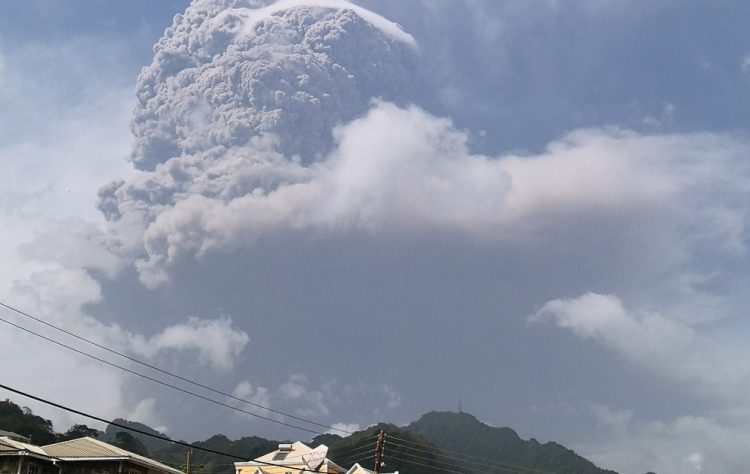Ongoing eruption at La Soufriere more like 1902 than 1979

The ongoing volcanic activity at La Soufriere is showing no sign that the explosive eruptions are nearing an end.
Scientists monitoring this year’s eruption say the patterns are closer to the eruption which occurred in 1902 rather than the one that took place in April 1979.
“The activity that we’re having now, there’s no indication on the instrumentation or from what we seeing, that it’s waning, that it’s going towards the end. I would love to tell you that this is all we have to sustain, this last couple days, but I can’t tell you that, Professor Richard Robertson said during an update on NBC radio this morning.
Robertson, a geologist and leader of the team of scientists monitoring La Soufriere said that activities are likely to go quiet at some point and hopefully usher in a break for some form of recovery to take place.
But he urged persons to not be surprised if after that break, activity picks up once again and a period like the one currently being experienced begins again.
It has been three days since activity at La Soufriere increased, moving from the ongoing effusive eruption that was taking place since December 2020 and into an explosive stage.
Heavy ashfall has significantly affected all areas of the country, even those in the south that are considered to be in the “green zone” or “safe area”.
The geologist said in his update that the current eruption is more similar to the 1902 eruption rather than the one in 1979, meaning that it is likely to cause more damage and destruction to St Vincent.
“…But it also means that there will always be a safe place in the southern part of the country, which might have a lot of ash every now and then, but you could still sustain life and limb and it’s not going to, you know, which is what we all worry about, that it’s going to get so big that it will destroy the whole country. That currently doesn’t seem to be the case,” Robertson said.
More than 1000 people were killed in the eruption of 1902.
Within the last 12 hours, episodes of tremor have also been recorded.
The lead scientist said these tremors usually last about 20 minutes with intervals between them ranging from one and a half to three hours.
Visual observations from the Belmont Observatory on the Leeward side of the island and satellite imagery suggest that these periods of tremor are associated with periods of explosive activity.
Robertson said different sized explosions occur that project material into the air. These periods are likely to come with a lot of ash and enhanced venting.
Earthquakes, similar to those felt prior to the Friday, April 9 eruption can also be felt from time to time.









